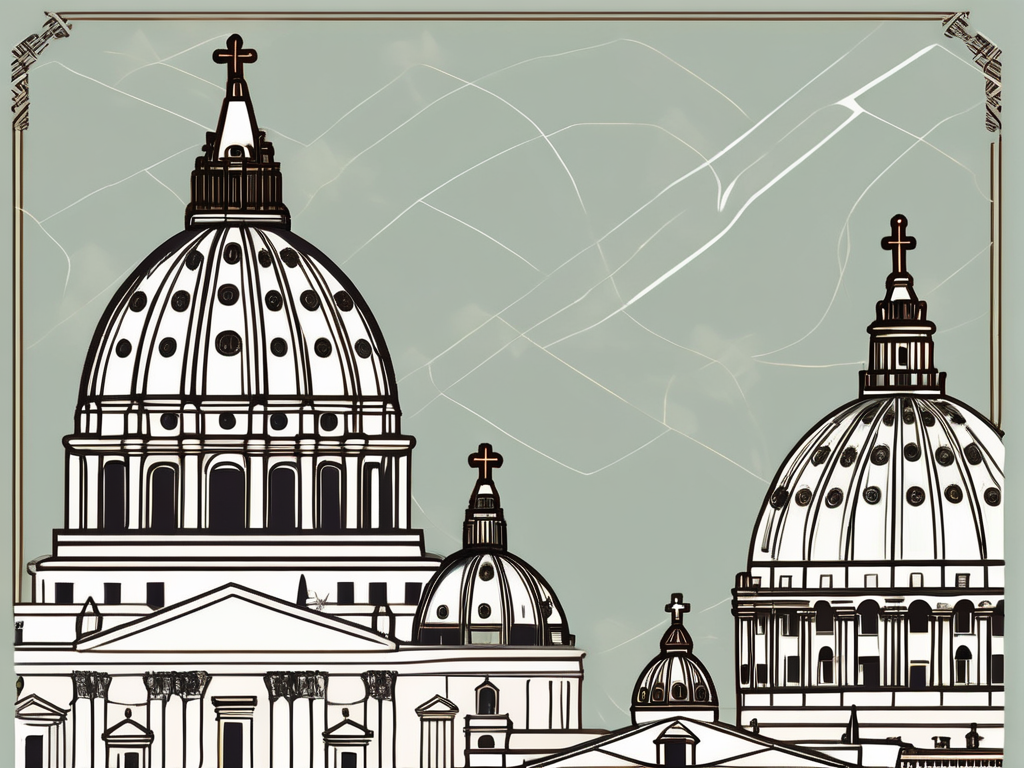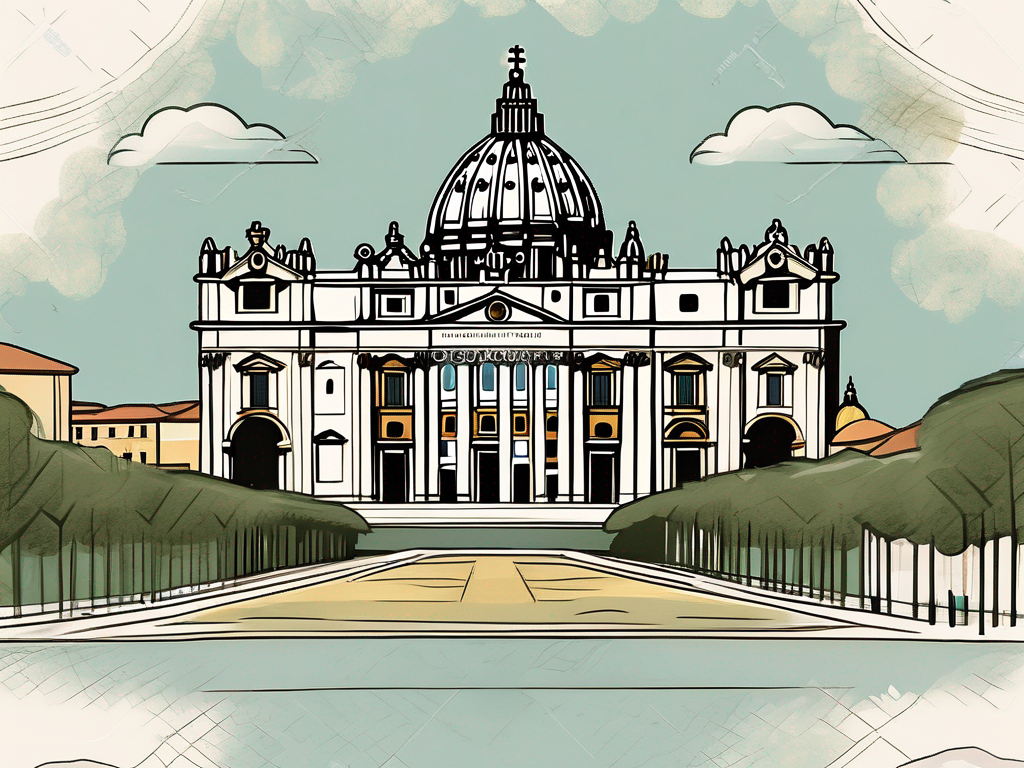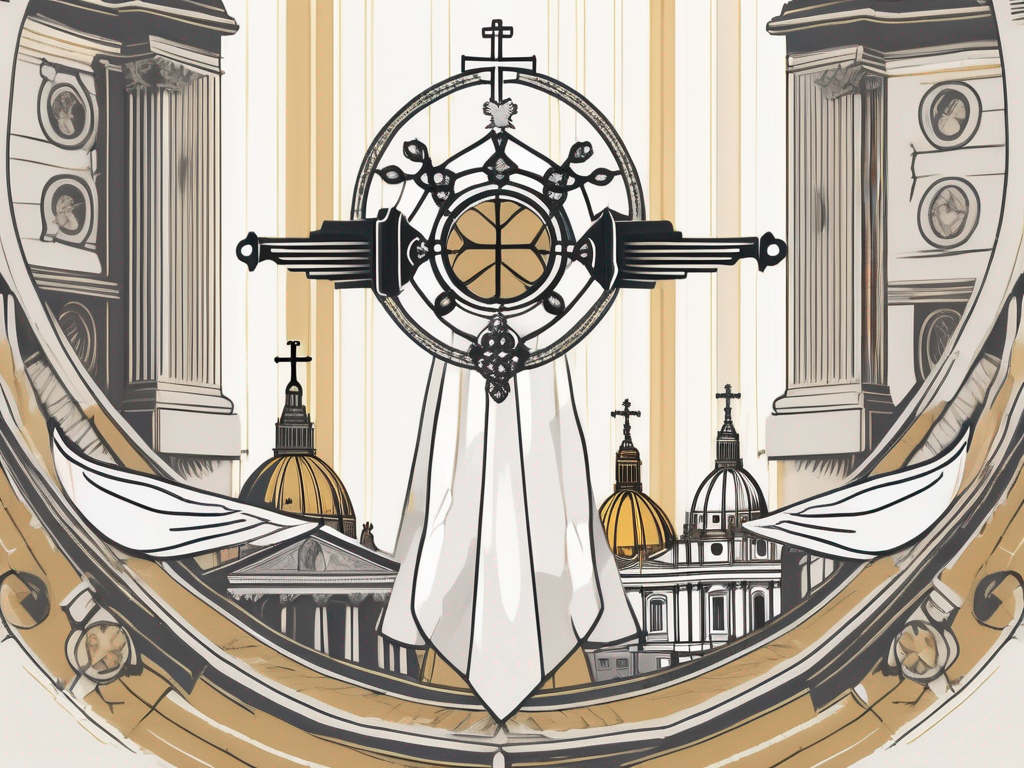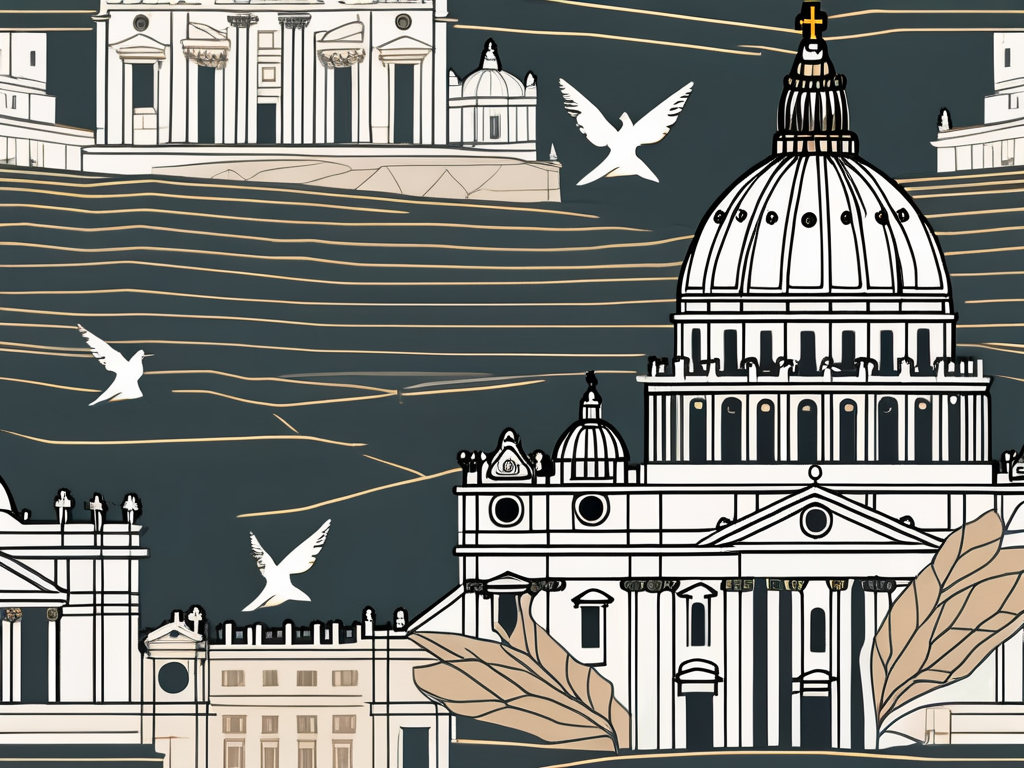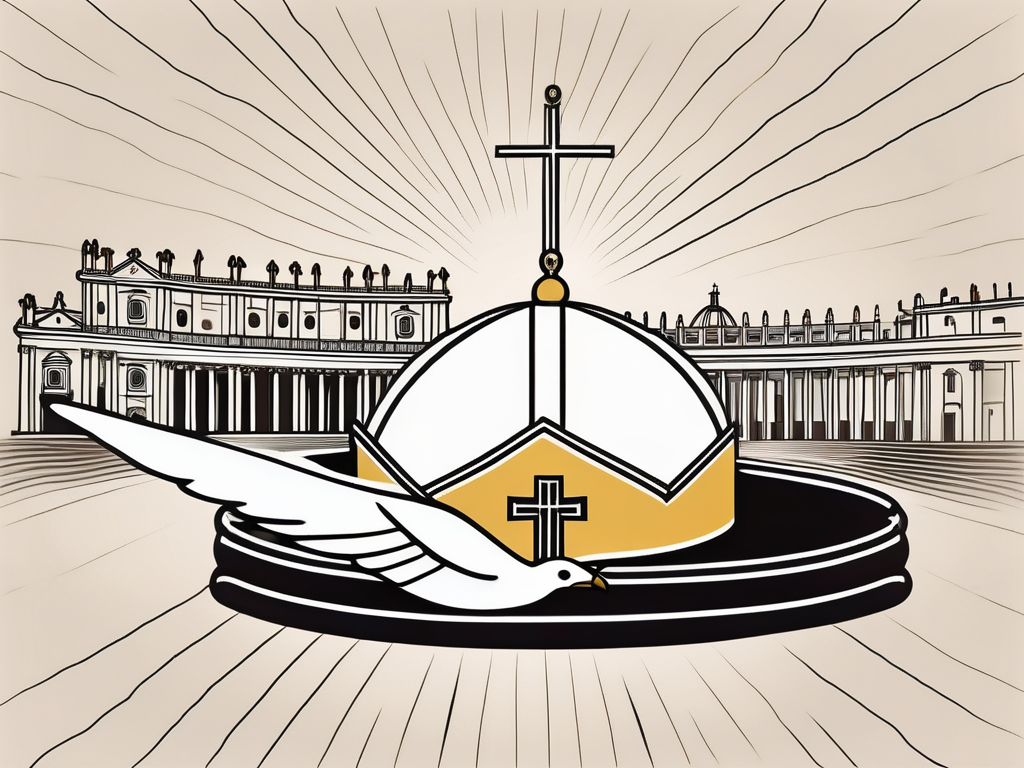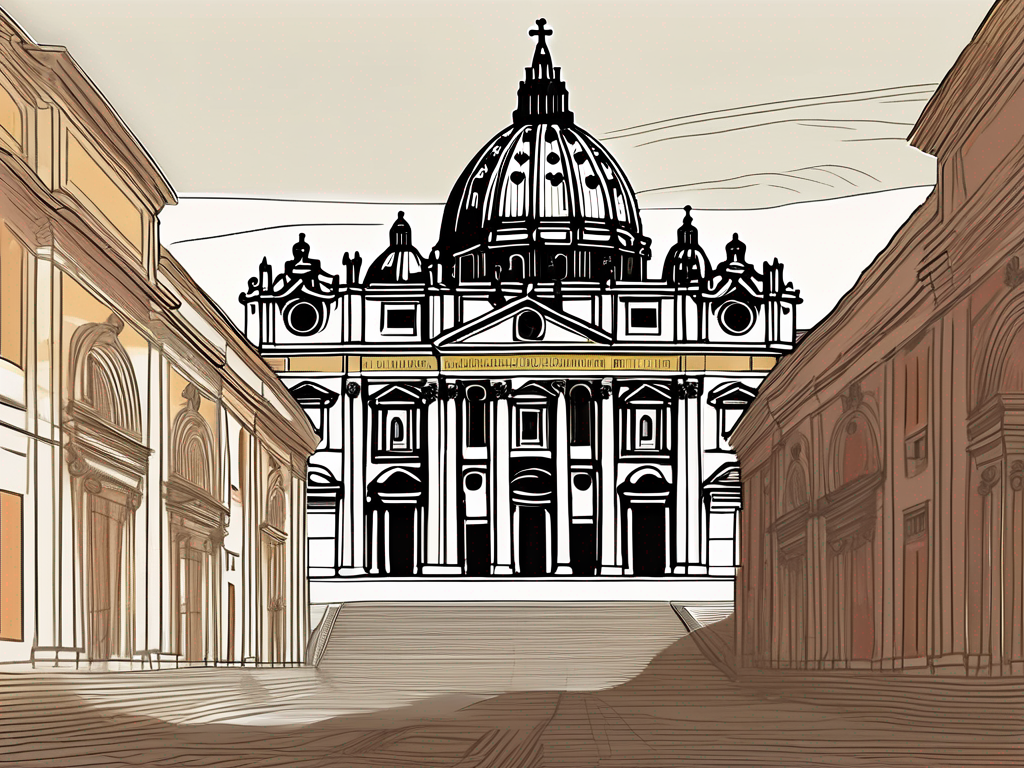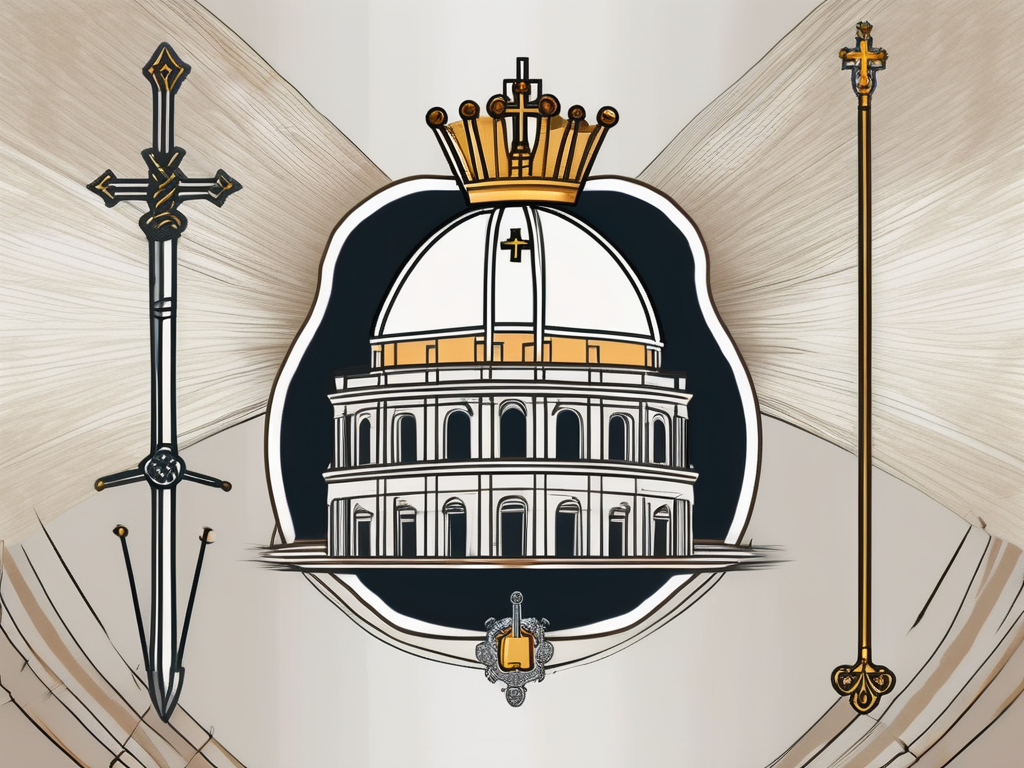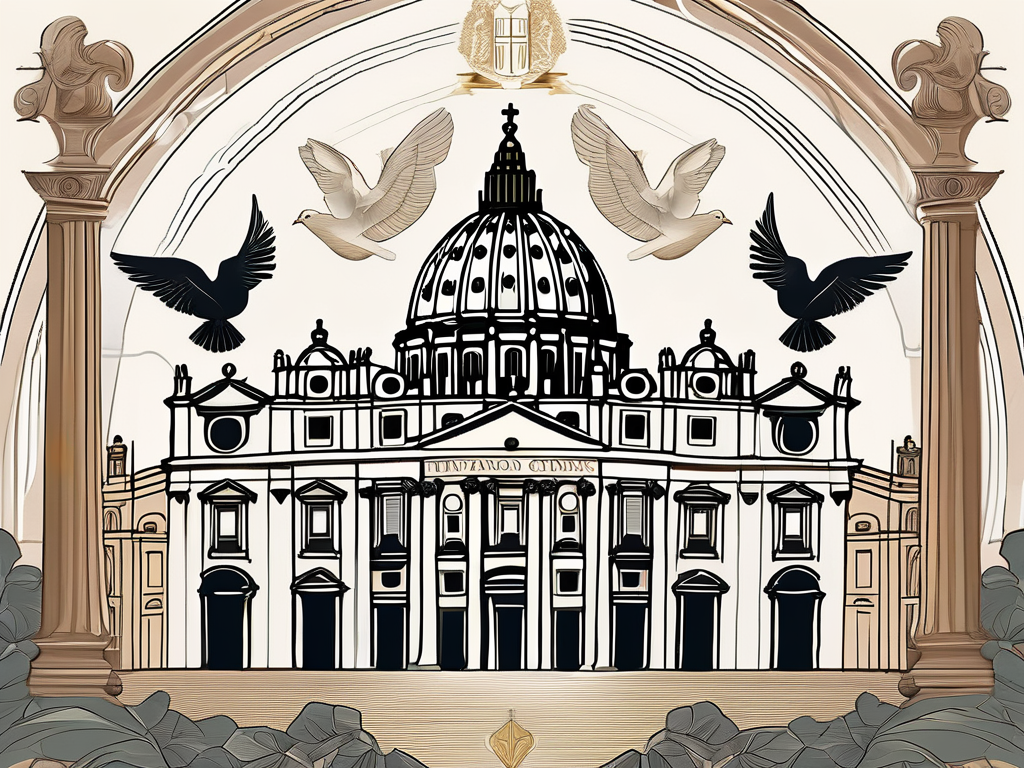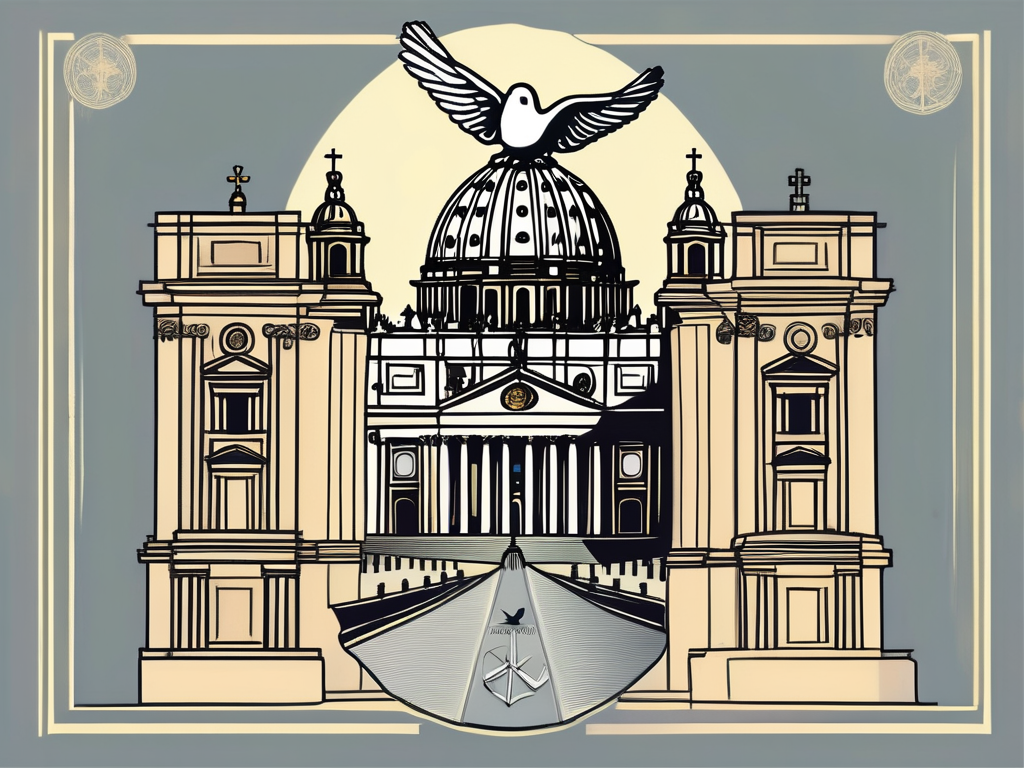Pope Gregory VII, born Hildebrand of Sovana, was one of the most influential and controversial popes in history. His reign from 1073 to 1085 left a lasting impact on the medieval church and forever changed the relationship between the papacy and secular powers. In this article, we will explore the key events and reforms of his pontificate, as well as his ongoing legacy in religious and historical discourse.
Early Life and Ascension to Papacy
Pope Gregory VII’s journey to the papacy began in humble circumstances. Born in Tuscany, Italy, in 1020, he grew up in a modest family. His childhood was marked by a strong religious devotion and an insatiable thirst for knowledge. Gregory received a comprehensive education, studying theology and canon law in Rome.
Gregory’s intelligence, dedication, and potential were soon recognized by Pope Alexander II, who appointed him as a cardinal-deacon. This elevated position within the church hierarchy paved the way for his future ascent to the papacy. In 1073, when Gregory VII was elected pope, he assumed the responsibility of leading the Catholic Church into a new era of reform.
Childhood and Education
As a young boy, Gregory VII showed keen interest in theological matters. Even at a tender age, his grasp of religious concepts and his ability to debate impressed those around him. He would often engage in deep discussions with local priests and scholars, delving into the intricacies of faith and doctrine.
Gregory’s thirst for knowledge led him to pursue a rigorous education. He studied under renowned scholars, immersing himself in the works of the Church Fathers and canonical texts. His dedication to learning was evident as he spent countless hours poring over ancient manuscripts and engaging in theological debates with his peers.
During his studies in Rome, Gregory VII not only honed his theological understanding but also developed a deep appreciation for the arts and sciences. He frequented the city’s libraries and academies, expanding his knowledge beyond the confines of religious doctrine. This broad intellectual foundation would later influence his approach to papal leadership and the reforms he sought to implement.
Path to the Papacy
Gregory’s extraordinary talents and unwavering commitment to the church earned him the favor of influential figures within the Vatican. His rise within the ecclesiastical hierarchy was swift, and by the early 1070s, he had garnered wide respect and reverence.
Throughout his ascent, Gregory VII demonstrated exemplary leadership skills and a strong moral compass. He was known for his unwavering commitment to justice and his tireless efforts to combat corruption within the Church. His reputation as a reformer and his unwavering dedication to the teachings of Christ made him a natural choice for the papacy.
In 1073, upon the death of Pope Alexander II, Gregory VII was unanimously elected as his successor. The news of his election was met with great enthusiasm and hope, as the Catholic Church yearned for a leader who would address the pressing issues of the time. With humility and a profound sense of duty, Gregory VII accepted the mantle of papal authority, fully committed to implementing much-needed reforms within the Church.
The Gregorian Reforms
One of the defining characteristics of Pope Gregory VII’s reign was the series of reforms he initiated, collectively known as the Gregorian Reforms. These reforms sought to address corruption and abuses within the Church and strengthen the central authority of the papacy.
During Gregory VII’s papacy, the Catholic Church faced numerous challenges and internal conflicts. The Gregorian Reforms were a response to these issues, aiming to restore the Church’s moral authority and ensure its independence from secular powers.
One of the most significant documents associated with Gregory VII is the Dictatus Papae. This list of 27 propositions outlined the pope’s authority and power, asserting the supremacy of the papacy over secular rulers. The Dictatus Papae challenged the prevailing notion of dualism, which placed both church and state on an equal footing. This bold declaration of papal authority set the stage for numerous conflicts to come.
The Dictatus Papae
The Dictatus Papae not only asserted the pope’s authority but also claimed that the pope had the power to depose emperors and kings. This assertion directly challenged the authority of secular rulers and sparked tensions between the papacy and various European monarchs. The document also declared that the pope alone could call and preside over church councils, further consolidating the power of the papacy.
Gregory VII’s promotion of the Dictatus Papae was met with mixed reactions. While some church officials and clergy supported the pope’s assertion of authority, others, especially those with vested interests in secular power, opposed it vehemently. This clash of interests would fuel conflicts throughout Gregory VII’s papacy.
The Fight Against Simony
An important aspect of Gregory VII’s reform agenda was his campaign against simony – the buying and selling of ecclesiastical offices. Simony had plagued the church for centuries, eroding its moral authority and fostering corruption. Gregory’s uncompromising stance on simony challenged the entrenched practices and interests of powerful individuals within the church hierarchy.
The practice of simony involved the exchange of money or favors for positions within the church. This corrupt practice not only undermined the spiritual integrity of the clergy but also led to the appointment of unworthy individuals to important positions. Gregory VII recognized the need to eradicate simony to restore the Church’s credibility and ensure that only qualified and dedicated individuals served in ecclesiastical roles.
To combat simony, Gregory VII implemented strict measures, including the prohibition of the purchase or sale of church offices. He also established a system of papal appointment for bishops and abbots, reducing the influence of secular rulers in the selection process. These reforms faced significant resistance from those who had profited from simony, leading to conflicts and power struggles within the Church.
Celibacy of the Clergy
Another critical reform instituted by Gregory VII was the enforcement of priestly celibacy. The practice of clerical marriage had become increasingly common, leading to concerns about the influence of familial connections and worldly attachments on the spiritual commitment of priests. Gregory’s insistence on celibacy was met with opposition, but it ultimately strengthened the Church’s independence from secular powers.
The enforcement of celibacy among the clergy aimed to ensure that priests devoted themselves fully to their spiritual duties and were not distracted by worldly concerns. By prohibiting marriage and family ties, Gregory VII sought to eliminate conflicts of interest and promote a higher level of devotion among the clergy. This reform was met with resistance from married priests and their families, as well as from secular rulers who saw it as an encroachment on their authority.
Despite the opposition, Gregory VII’s reforms had a lasting impact on the Catholic Church. The Gregorian Reforms laid the foundation for the power and authority of the papacy in the centuries to come, shaping the relationship between the Church and secular powers and leaving a significant legacy in the history of Christianity.
Conflict with Henry IV
The most notable and protracted conflict during Gregory VII’s papacy was his clash with the Holy Roman Emperor Henry IV. This conflict, known as the Investiture Controversy, centered around the issue of secular control over the appointment of bishops and other high-ranking church officials.
The Investiture Controversy
At the heart of the Investiture Controversy was the question of who held the authority to invest bishops with the symbols of temporal power. Emperor Henry IV claimed this right, seeing it as an essential tool for consolidating and maintaining his authority. Gregory VII, however, vehemently opposed this interference, asserting that the appointment of church officials fell under the purview of the papacy.
The Walk to Canossa
The Investiture Controversy reached its climax in 1077 when Henry IV was excommunicated by Gregory VII. In an extraordinary act of penance, the emperor made a perilous journey to Canossa, where the pope was staying, to seek absolution. This memorable event highlighted the power struggle between the papacy and secular rulers and demonstrated Gregory’s unwavering commitment to papal authority.
Legacy and Impact
Despite the challenges and conflicts he faced, Pope Gregory VII left a profound impact on the medieval Church and the subsequent development of the papacy. His reforms aimed at purifying the Church, strengthening its authority, and establishing a clear distinction between secular and spiritual realms.
Influence on the Medieval Church
Gregory VII’s reforms revolutionized the structure and governance of the Church. His unwavering commitment to papal supremacy and the centralization of power had far-reaching consequences, shaping the papacy’s role as a supreme authority in religious matters.
Pope Gregory VII’s Canonization
In recognition of his immense contributions to the Church, Pope Gregory VII was eventually canonized as a saint. His canonization affirmed his status as a symbol of reform and a model for future popes.
Modern Interpretations of His Reign
Gregory VII’s reign continues to be a subject of scholarly debate and analysis. His legacy is interpreted through various lenses, with some praising his unwavering commitment to church reform while others critique his confrontational approach and the unintended consequences of his reforms.
Pope Gregory VII’s reign was a period of significant change and conflict within the medieval church. His reforms and uncompromising stance on papal authority laid the groundwork for the evolution of the papacy and its enduring influence on religious and political spheres. Whether viewed as a visionary reformer or a controversial figure, there is no denying the lasting impact of Pope Gregory VII on the course of history.
